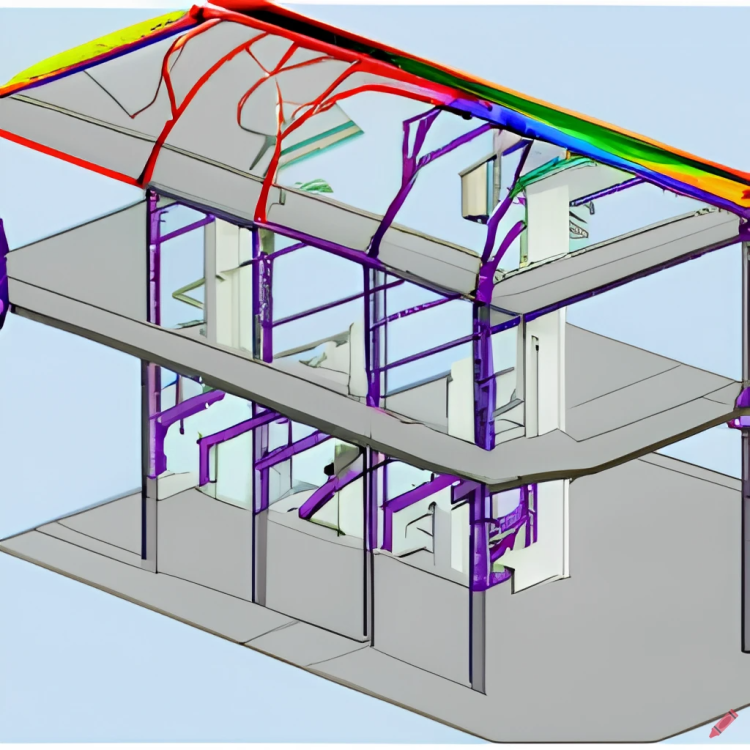



In the dynamic world of construction, Building Information Modeling (BIM) is revolutionizing the way we approach projects. Acting as a potent tool for streamlining collaboration and mitigating errors, BIM is proving its worth in elevating overall project efficiency, particularly within the electrical engineering field.
Outdated planning methods have long hampered productivity in construction projects. BIM, with its capacity to generate value through digital building twins, is leading a transformative wave in electrical engineering and construction.
In the traditional construction landscape, disparate trades have often operated in isolation, causing significant planning gaps and last-minute errors. These have historically resulted in delays and cost overruns—approximately 30% of all construction projects are delayed, and 10% of project costs are attributed to modifications.
BIM is the answer to these challenges, fostering a collaborative environment from the planning stage. By enabling detailed digital planning, BIM allows us to identify and rectify errors prior to construction. The real strength of BIM lies in its capacity to unify people, processes, and tools, surpassing many previous models.
No stakeholder, whether private or public, can afford to overlook the long-term value BIM provides. According to the European 'EU BIM Task Group', the global infrastructure market could realize savings of 15-25% by 2025 through the adoption of BIM. As buildings grow smarter and construction projects more complex, BIM provides the information currency and transparency modern investors seek.
In the era of smart buildings, the electrical engineering sector's adoption of BIM is not just desirable—it’s essential. Given the increased complexity of electrical planning due to rising demands for energy efficiency, safety, and comfort, BIM is more a necessity than a luxury.
The transition to BIM is not without challenges. It demands a shift in mindsets and workflows, along with technical and software training. However, the future unequivocally belongs to those who embrace BIM. With the open BIM methodology becoming the new industry standard, a transparent and collaborative environment is fostered among various stakeholders.
The advantages of BIM are plentiful. It guarantees transparency and planning security, leading to precise calculations of time, personnel, and materials. This leads to direct cost savings. Further, the data collected and coordinated by BIM offers significant benefits throughout the building's lifecycle and across its entire value chain.
In a nutshell, the construction industry is on the brink of a significant shift. With buildings getting smarter and construction projects more complex, data-driven planning methods like BIM become indispensable. For electrical engineering—the backbone of the infrastructure industry—BIM is more than just a tool; it’s a strategic advantage.
Whether you are an electrical planner, a planning office, a system integrator, or a service electrician, it’s time to leverage the potential of BIM to stay ahead. Welcome the shift to BIM, update your software infrastructure, and equip your teams for this change. Despite the hurdles, this transition brings a fantastic opportunity to thrive in the world of BIM, where we confidently lead the way. Visit our blog post to learn more about leveraging BIM to enhance electrical system upgrades.
Copyright © 2024 The BIM Engineers. All Rights Reserved | Design & Developed by Prettify Creative